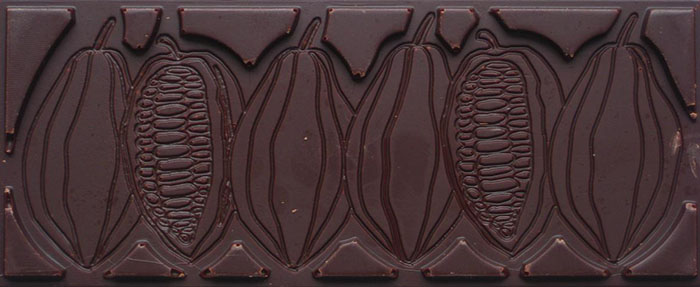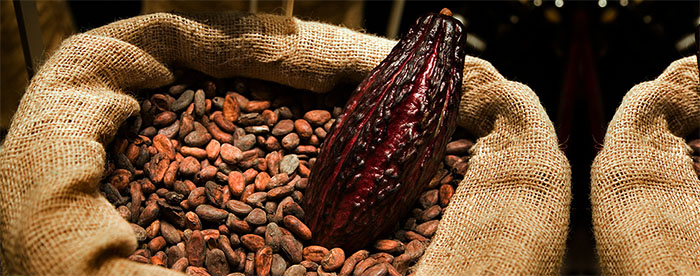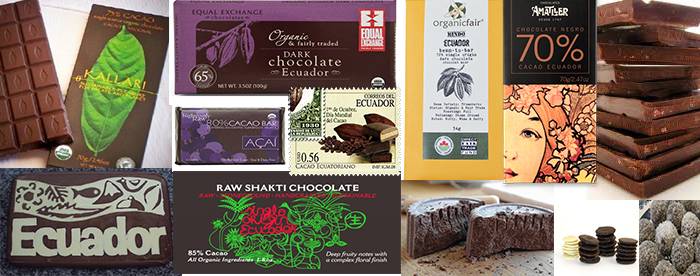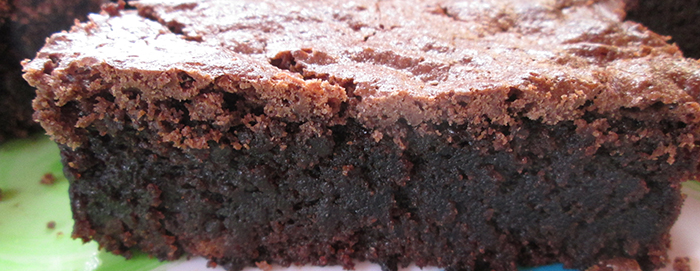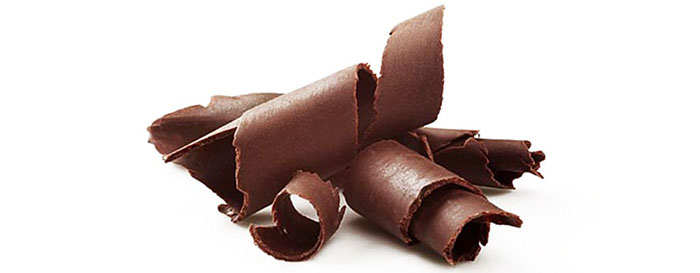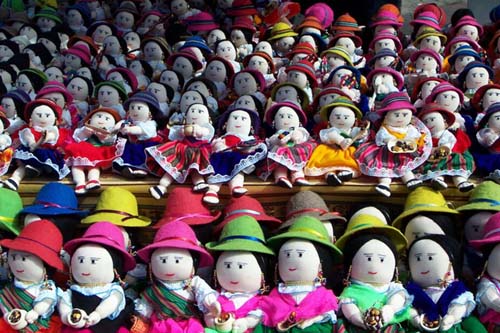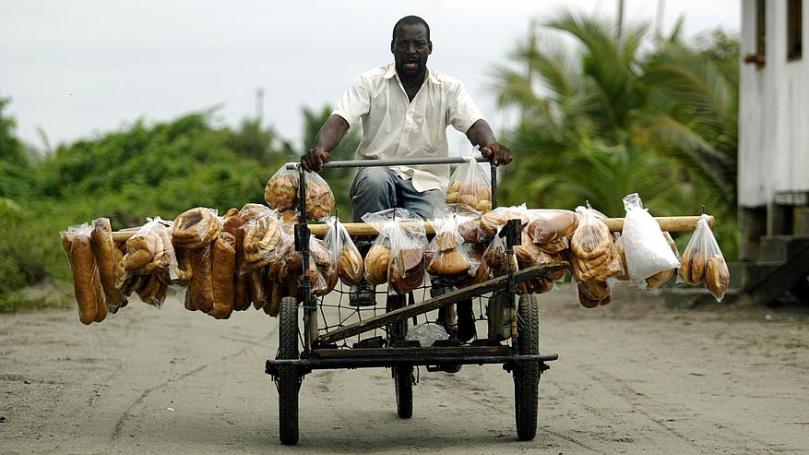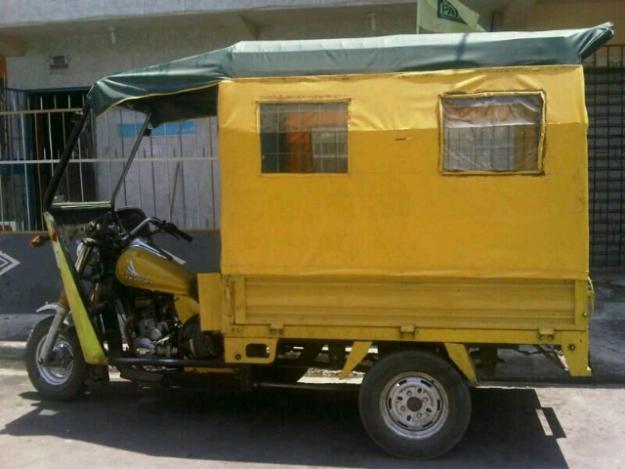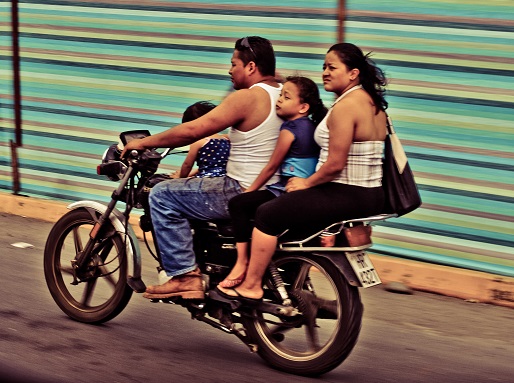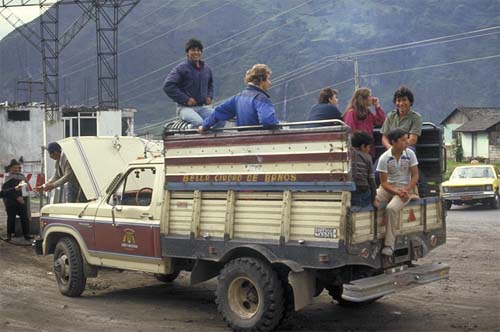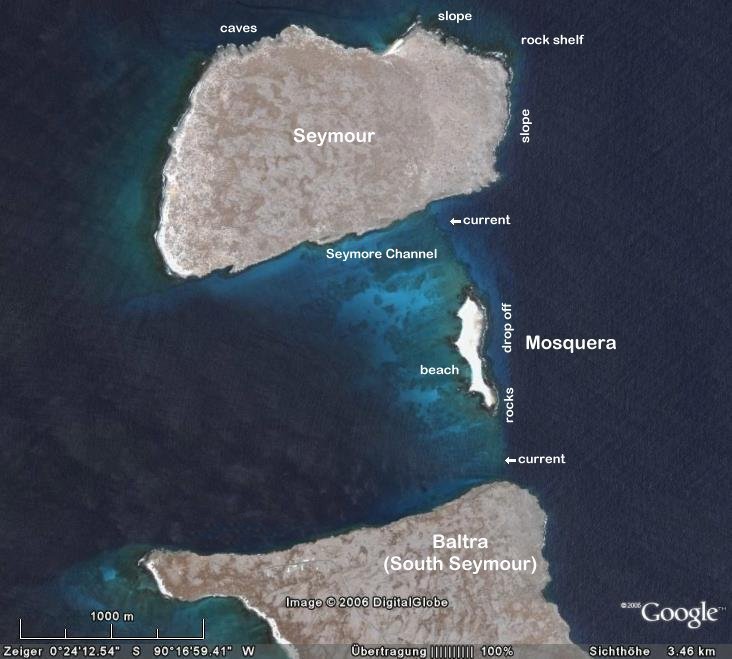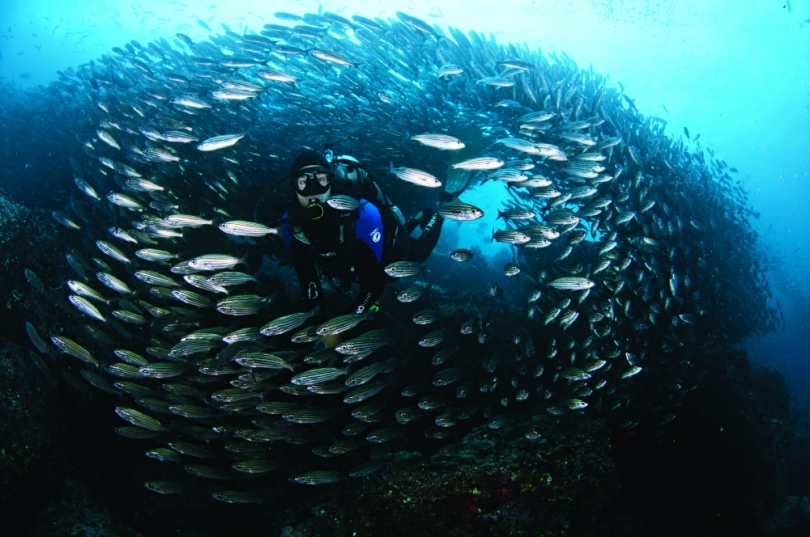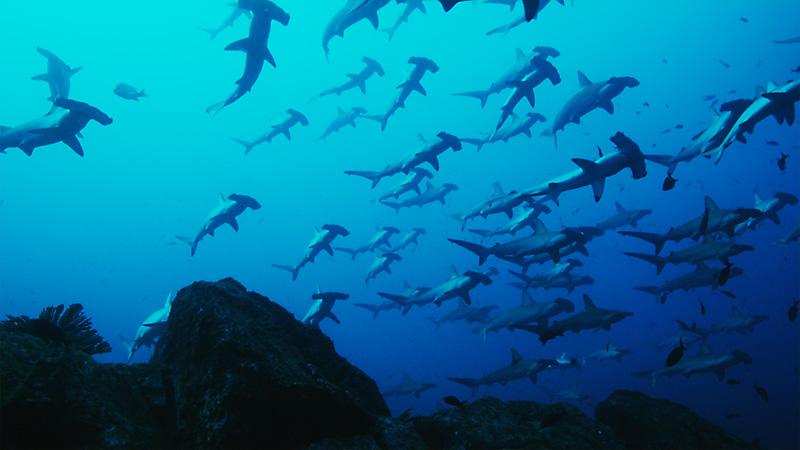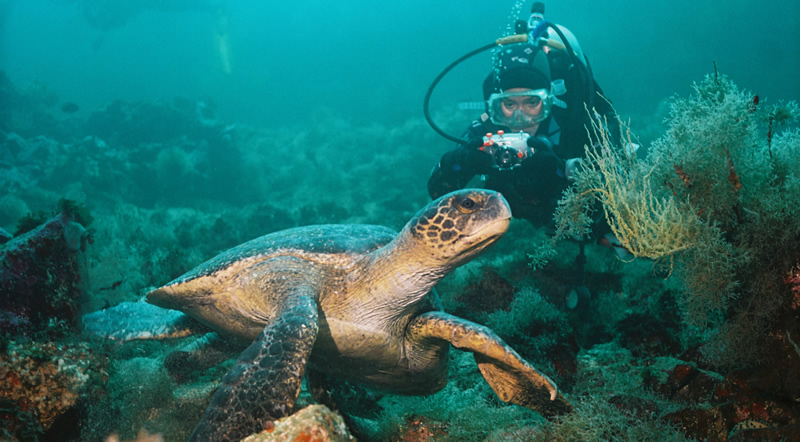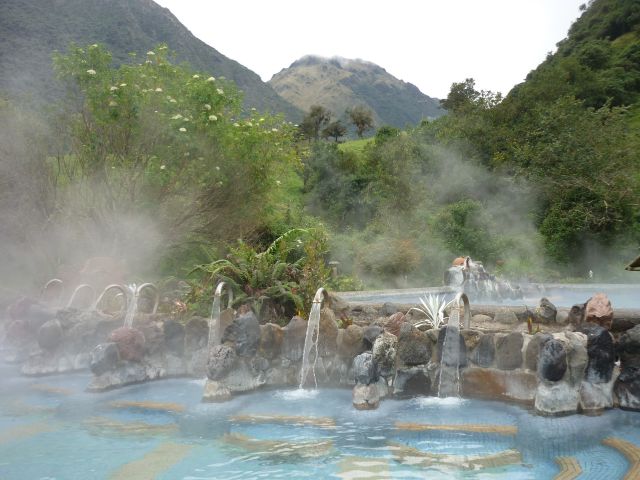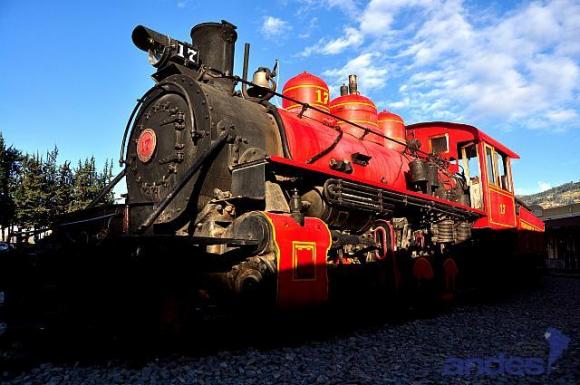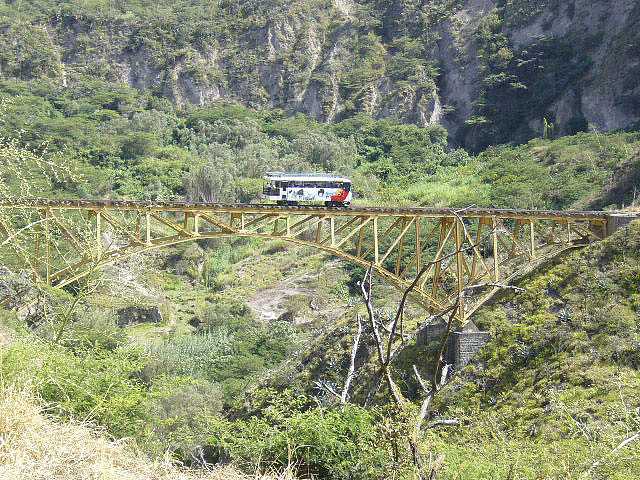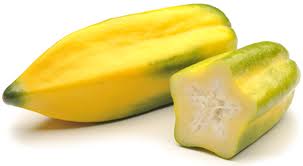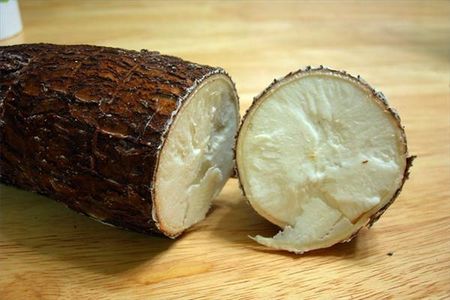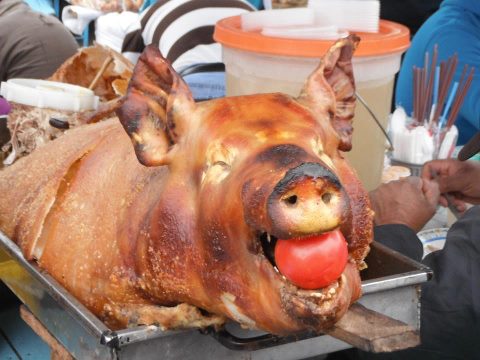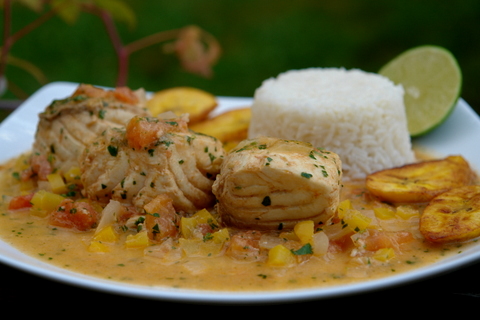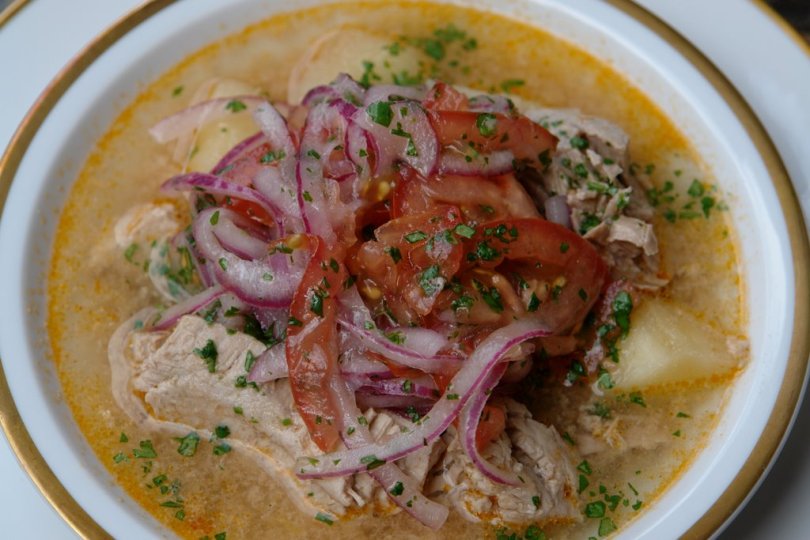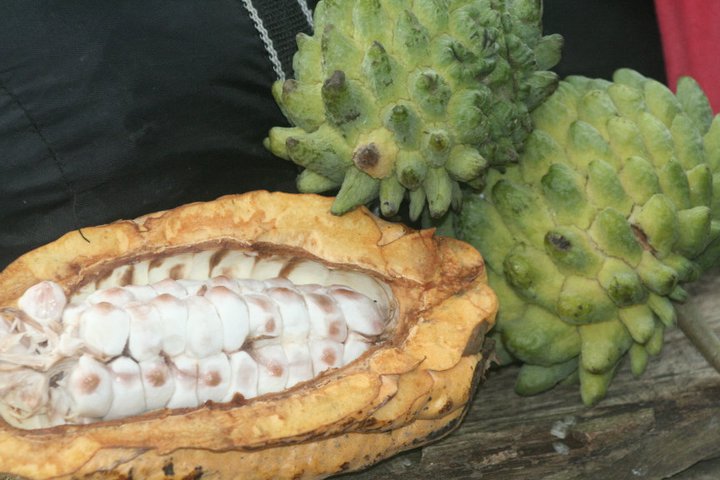Despite its small area, Ecuador constantly proves itself to be one of the most bewitching countries on the planet. The magnificent cross section of nature, cultures, geography, foods, activities, holiday destinations, people and languages all combine to assert this impressive little country’s status as a must-see destination in South America. Straddled either side of latitude zero, Ecuador never fails to amaze; from the Galapagos Island to the Coast, from the Sierra to the Amazon, nowhere else can one experience such incredible diversity. Maybe I’m biased because I live on the Pacific Coast but, over the last 30+ years, I have traveled through, lived in or visited 45 other countries on this planet, and Ecuador is the one place on Earth that has inspired me to grow roots and stick around for a while.
When I began to think about some of the wonderful things I love about Ecuador that I’d be proud to share with people who are thinking about visiting, or even staying for a while, I learned that many of my friends and acquaintances often felt the same way about the same things. Therefore, in the spirit of fairness, before I sat down to write this ten-part series, I asked everyone I know who lives now or has lived or traveled in Ecuador this one simple question: “What is/was the best thing about your experience of Ecuador?” This series of ten posts are all about what they said.

At the end of last year, I spent two months traveling around Ecuador. The journey included several fantastic destinations including Mindo, Otavalo, Ibarra, Salinas and Quito. We also visited Baños and Puyo. We went to Galapagos. On the coast, we stayed in the fantastic fishing village of Mompiche. One of my favorite parts of traveling around this country was the bus snacks.
There is a vast range of snack available to travelers while moving from place to place, and you don’t have to go anywhere to find them. They come to you. Vendors of all ages, carrying all manner of wares get on the buses and sell. It could be either bravery or stupidity, but we tried everything! At the bus terminals, there were restaurants where we dug into a cheap lunch, stocked up on novel bus snacks, or grabbed an ice cream for a treat. Street snacks were everywhere. At no point during any of our journeys did we suffer from hunger or thirst.
On the way to Baños, we munched on roasted broad beans and tried out cheese empanadas; made with green bananas. Riding into Mompiche, we ate llapingachos (yucca and cheese patties) and corviche (green banana filled with fish and salad). Santo Domingo gave us iced coconut water, home-made ice cream and banana chips.
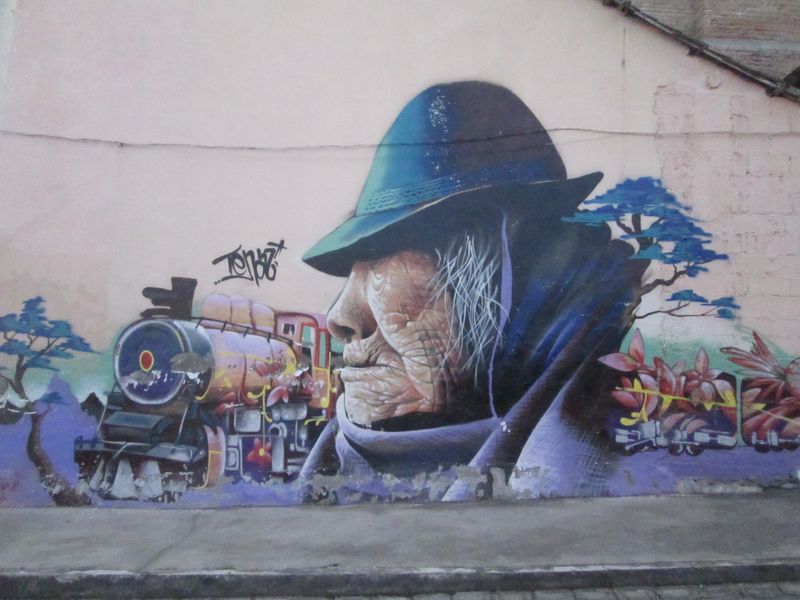
As we traversed the length and breadth of Ecuador, experiencing the spectacular train from Otavalo to Salinas, dipping in the Hola Vida Cascada outside of Puyo, and sitting for a quiet hour in the tranquil (and frequently over-looked) tile garden on Santa Cruz, Galapagos, we enjoyed such a diverse range of snacks that it’s difficult to remember them all. The main ingredients of the snacks were beans, bananas, potatoes and yucca.
Heading out of Baños to Puyo, we bought potato pies. On our way to Quito we snacked on salty roasted corn nibs. We picked up warm bizcochos with string cheese somewhere between Cayambe and Otavalo. Quimbolitos (steamed corn puffs cooked inside a leaf) were a favorite in Otavalo, as well as large cups of strawberries and cream sold by meandering vendors. Mindo satisfied our chocolate cravings and we visited the Yumbo chocolate factory more than once!
In Mompiche, we melted with delight while sampling warm muchin (a banana dessert with cheese, wrapped in a leaf and baked over hot coals), declaring it the best snack of the whole trip. Mama Sara spends her morning mashing lady finger bananas, adding her own magic, and then wrapping it all up into bijao leaves to roast over the fire.
In Galapagos, home-made ice cream was our favorite snack. There are plenty of places to grab a cone of pistachio or triple ripple where you can sit in the shade and cool down after an afternoon tour in the hot sun.
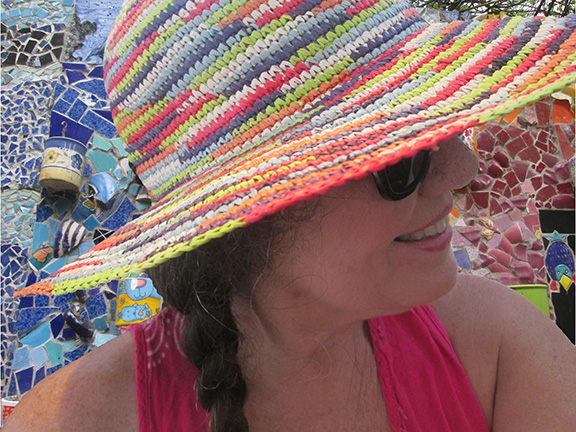
Everywhere we went, the food on offer was amazing. The street food was incredible, and the bus snacks were impressive. This totally proves that Ecuador is Awesome! Buen provecho.

